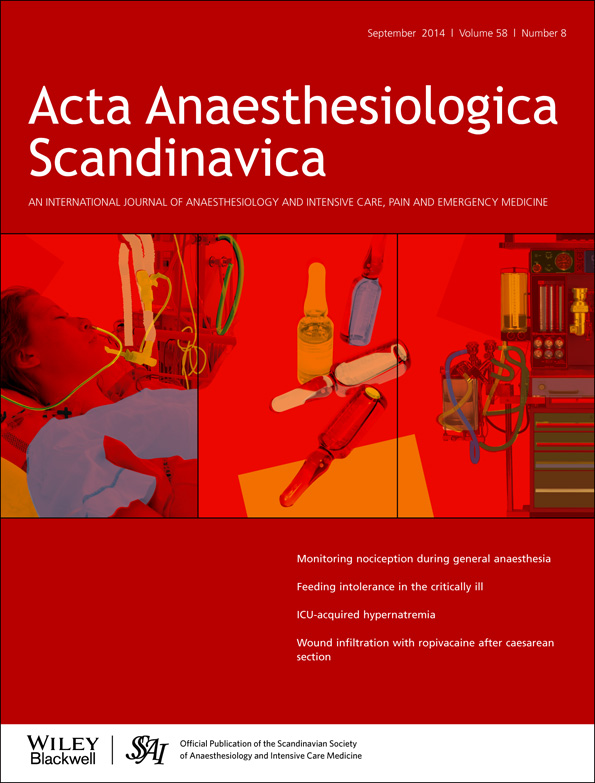Monitoring hypnotic effect and nociception with two EEG-derived indices, qCON and qNOX, during general anaesthesia
Abstract
Background
The objective of the present study was to validate the qCON index of hypnotic effect and the qNOX index of nociception. Both indices are derived from the frontal electroencephalogram (EEG) and implemented in the qCON 2000 monitor (Quantium Medical, Barcelona, Spain).
Methods
The study was approved by the local ethics committee, including data from 60 patients scheduled for ambulatory surgery undergoing general anaesthesia with propofol and remifentanil, using TCI. The Bis (Covidien, Boulder, CO, USA) was recorded simultaneously with the qCON. Loss of eyelash reflex [loss of consciousness (LOC)] was recorded, and prediction probability for Bis and qCON was calculated. Movement as a response to noxious stimulation [laryngeal mask airway (LMA) insertion, laryngoscopy and tracheal intubation] was registered. The correlation coefficient between qCON and Bis was calculated. The patients were divided into movers/non-movers as a response to noxious stimulation. A paired t-test was used to assess significant difference for qCON and qNOX for movers/non-movers.
Results
The prediction probability (Pk) and the standard error (SE) for qCON and Bis for detecting LOC was 0.92 (0.02) and 0.94 (0.02) respectively (t-test, no significant difference). The R between qCON and Bis was 0.85. During the general anaesthesia (Ce propofol > 2 μg/ml, Ce remifentanil > 2 ng/ml), the mean value and standard deviation (SD) for qCON was 45 (8), while for qNOX it was 40 (6). The qNOX pre-stimuli values were significantly different (P < 0.05) for movers/non-movers as a response to LMA insertion [62.5 (24.0) vs. 45.5 (24.1)], tracheal intubation [58.7 (21.8) vs. 41.4 (20.9)], laryngoscopy [54.1 (21.4) vs. 41.0 (20.8)]. There were no significant differences in remifentanil or propofol effect-site concentrations for movers vs. non-movers.
Conclusion
The qCON was able to reliably detect LOC during general anaesthesia with propofol and remifentanil. The qNOX showed significant overlap between movers and non-movers, but it was able to predict whether or not the patient would move as a response to noxious stimulation, although the anaesthetic concentrations were similar.




